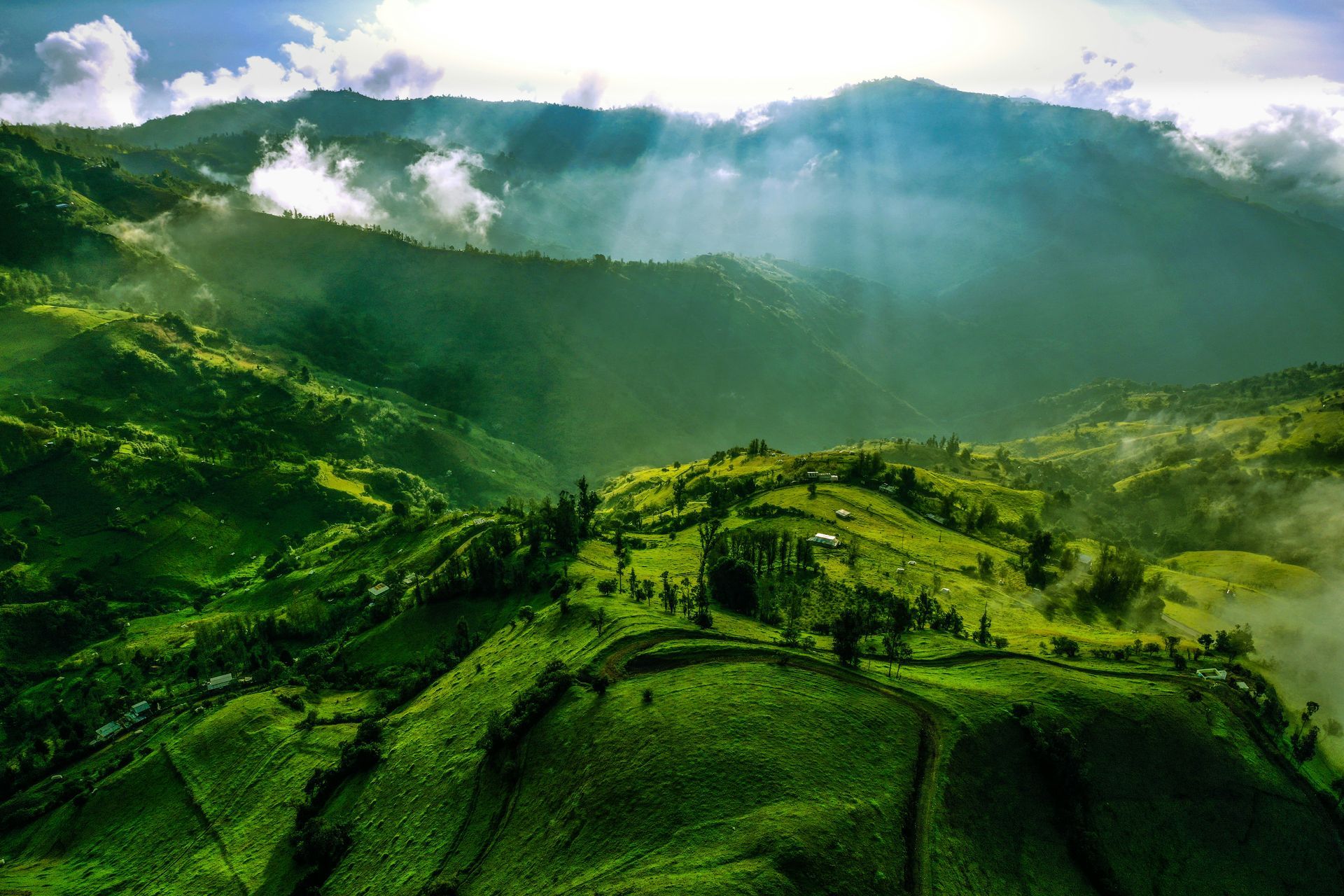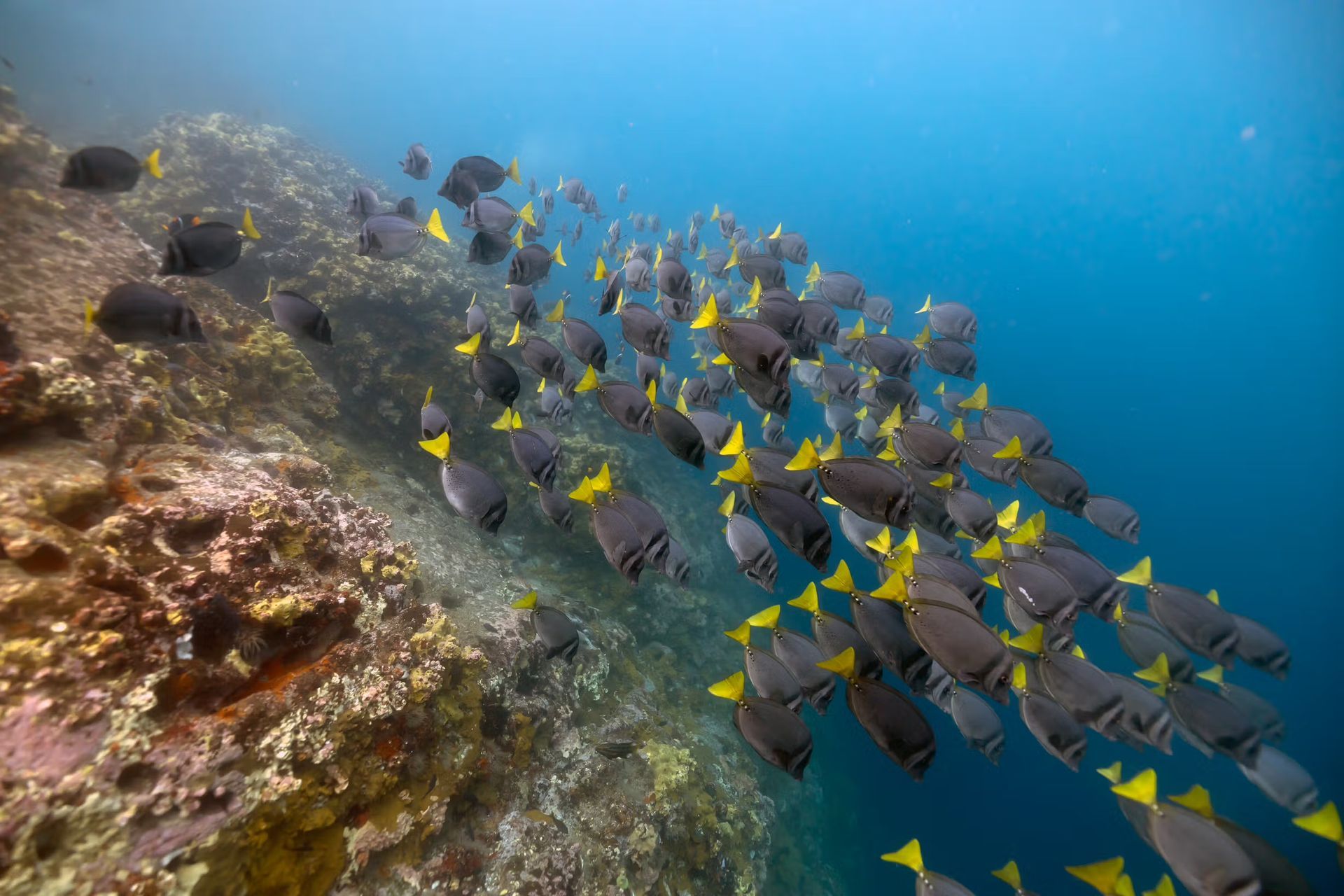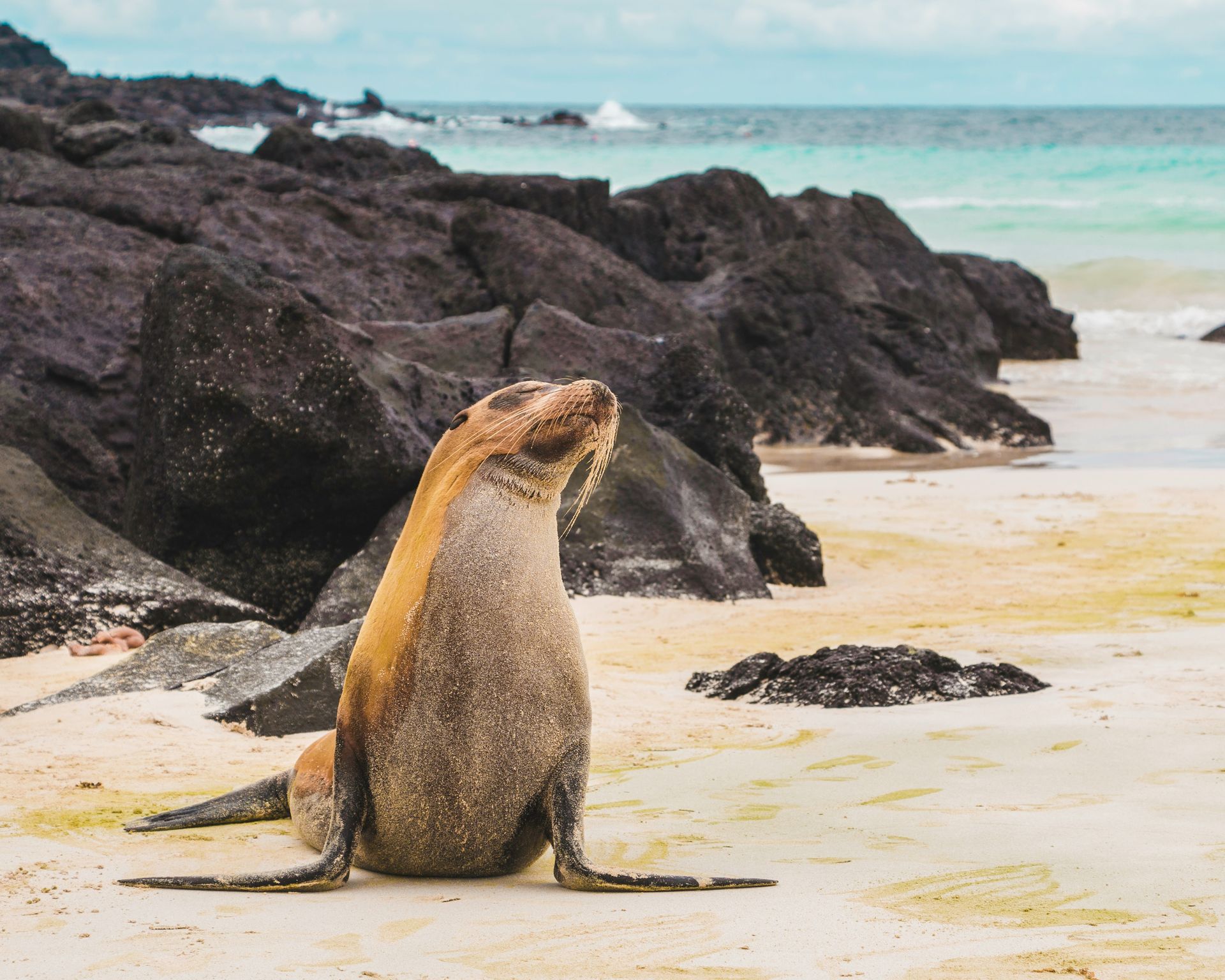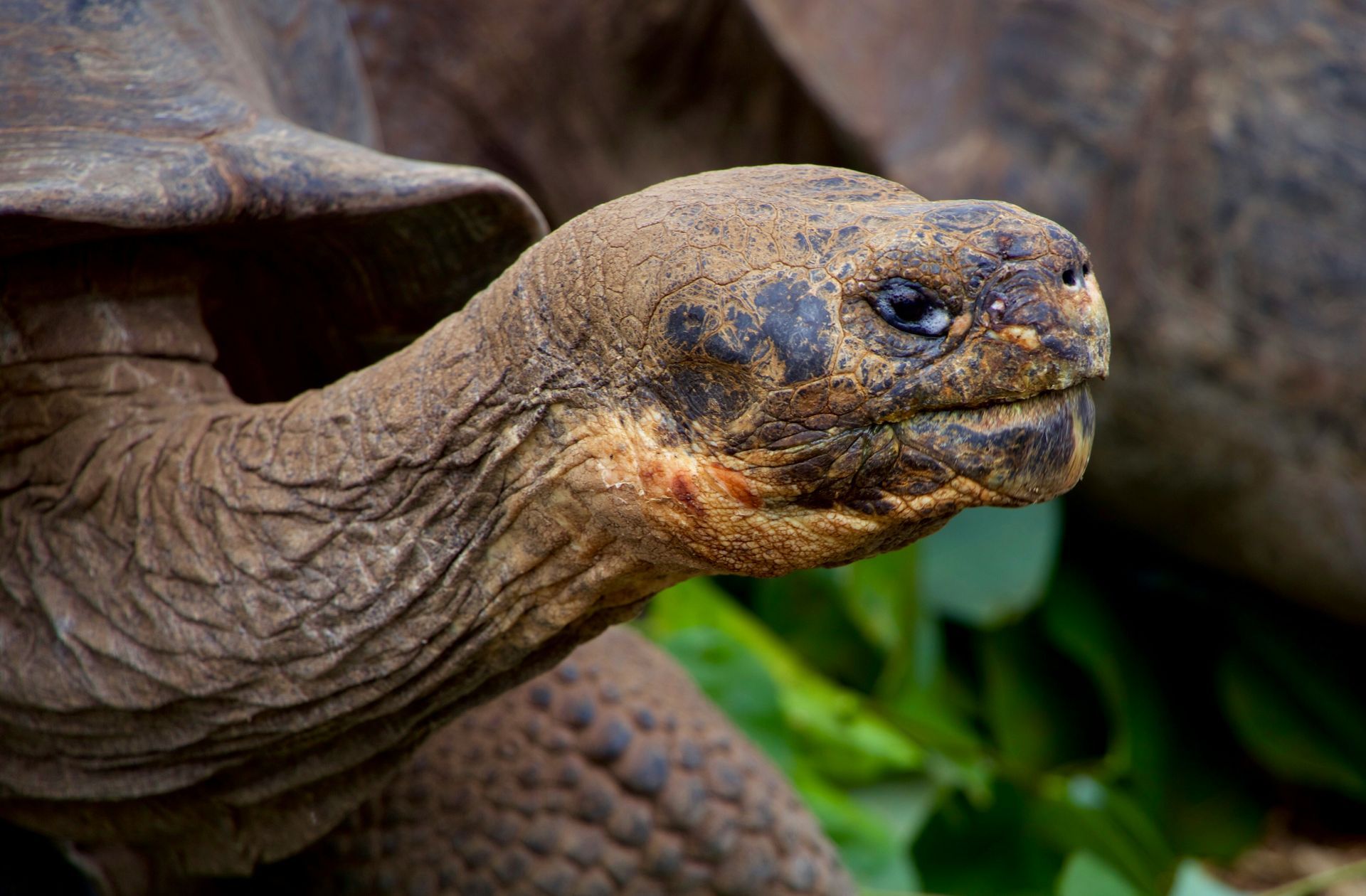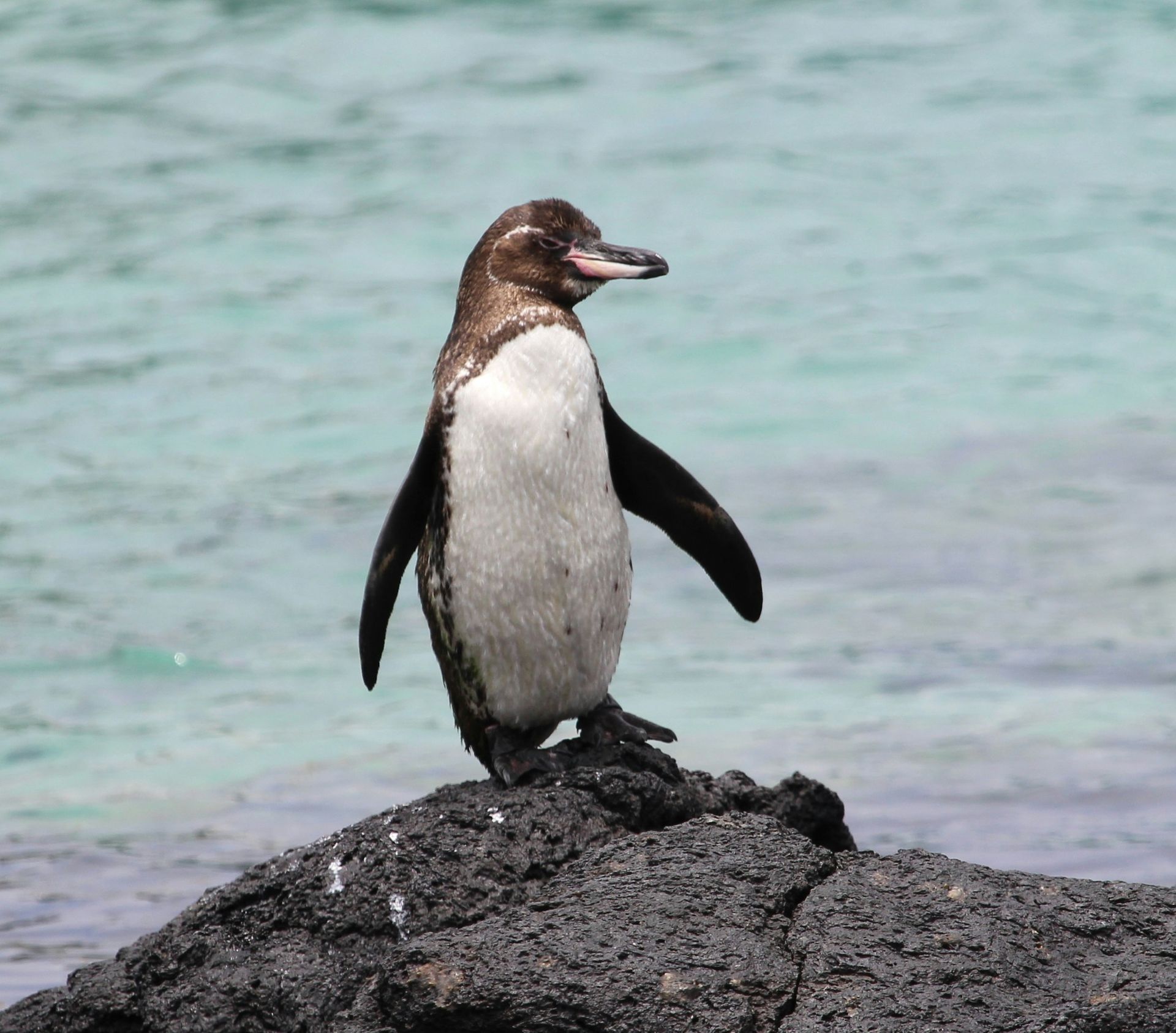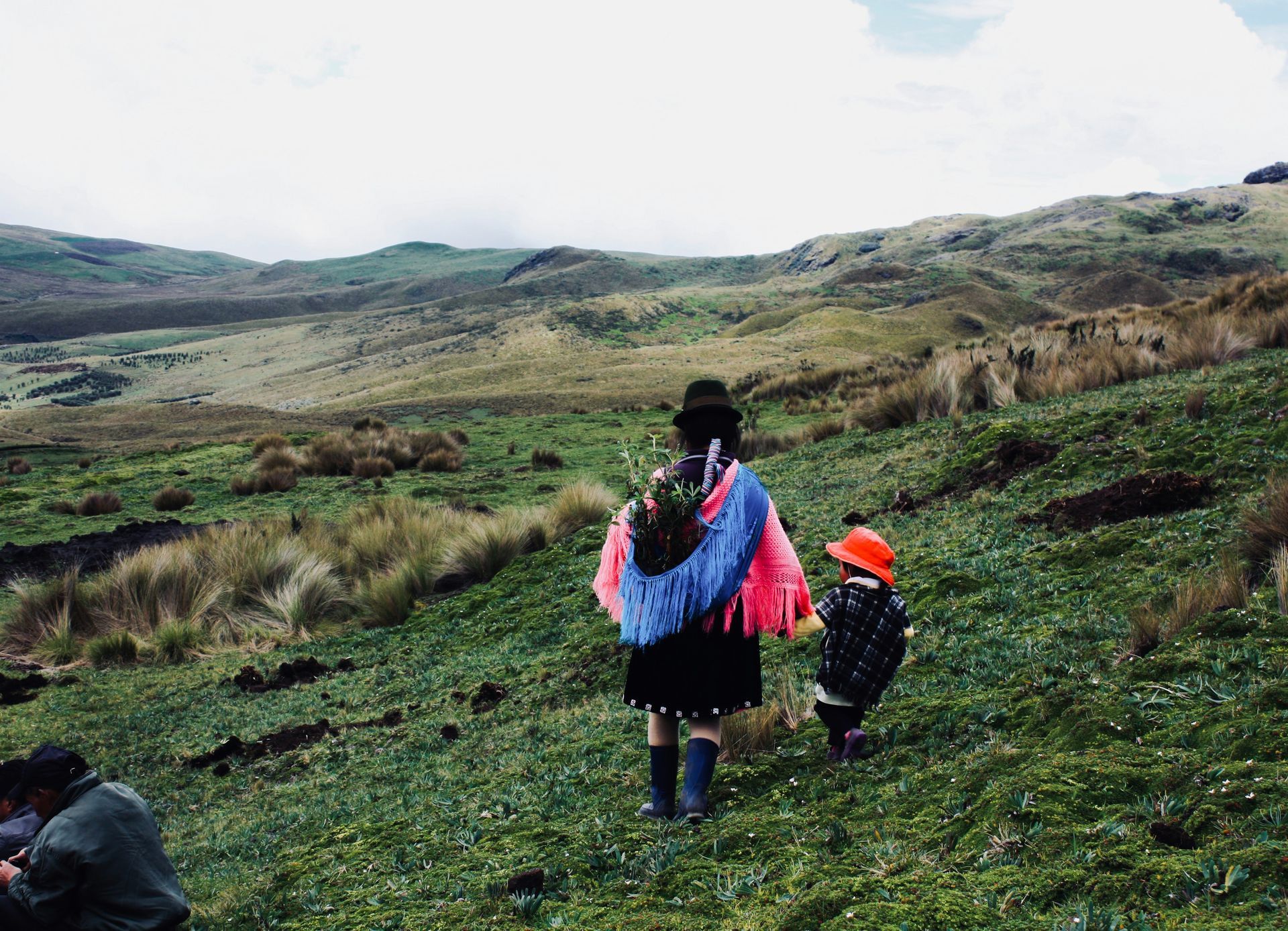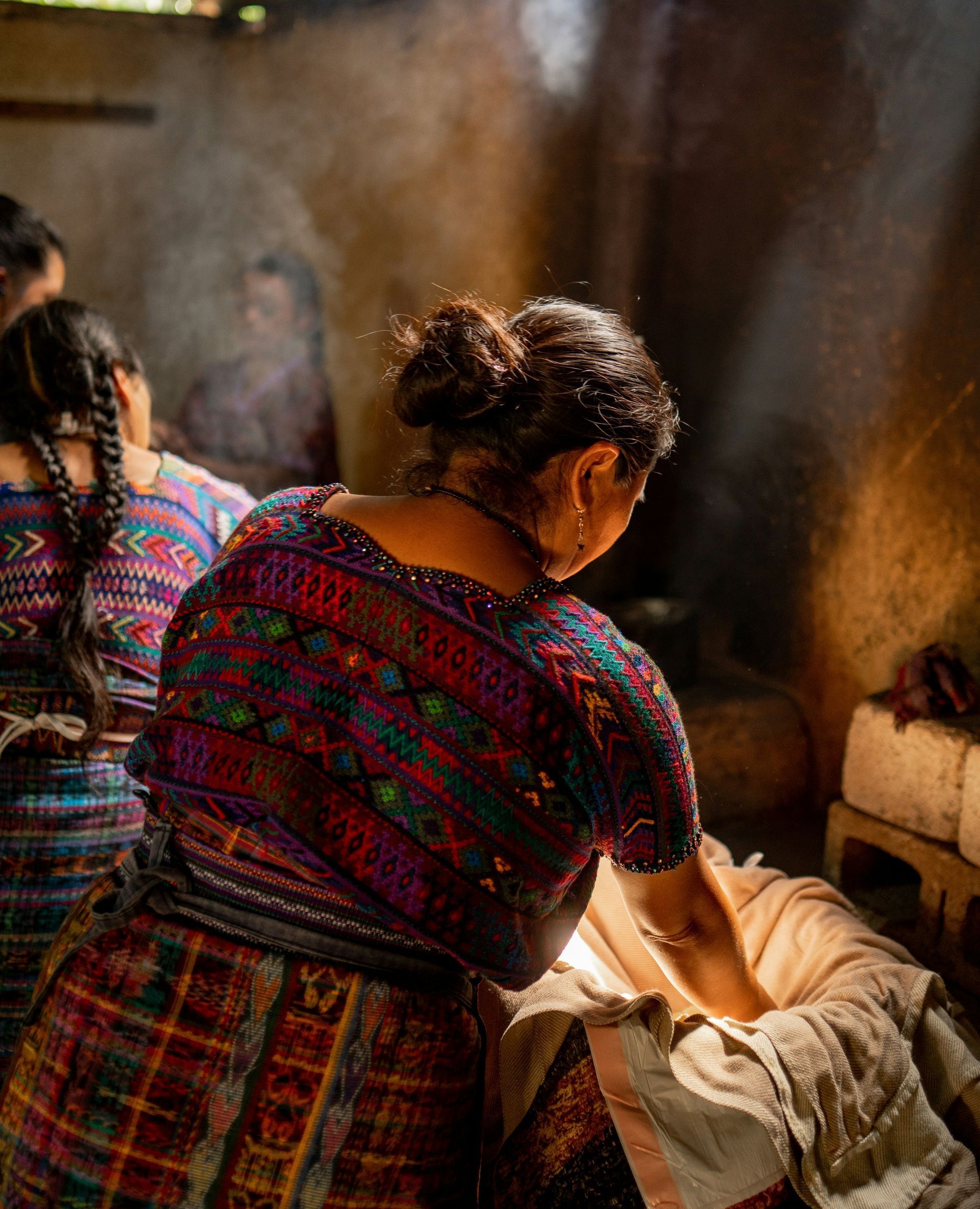Ecuador
Ecuador is a land of breathtaking contrasts, where the Amazon rainforest, Andean highlands, Pacific coastline, and the legendary Galápagos Islands all come together in one country. Rich in biodiversity and culture, Ecuador offers travelers the chance to explore colonial cities, vibrant markets, ancient traditions, and natural wonders unlike anywhere else. Whether you’re drawn to wildlife encounters, mountain adventures, or cultural discoveries, Ecuador provides an unforgettable journey full of diversity and charm.
Ecuador
Ecuador is a land of breathtaking contrasts, where the Amazon rainforest, Andean highlands, Pacific coastline, and the legendary Galápagos Islands all come together in one country. Rich in biodiversity and culture, Ecuador offers travelers the chance to explore colonial cities, vibrant markets, ancient traditions, and natural wonders unlike anywhere else. Whether you’re drawn to wildlife encounters, mountain adventures, or cultural discoveries, Ecuador provides an unforgettable journey full of diversity and charm.
Why Ecuador?
Ecuador is a destination that captivates with its remarkable diversity packed into a relatively small country. From snow-capped volcanoes and lush rainforests to golden beaches and the world-renowned Galápagos Islands, it offers endless adventures for every type of traveler. Beyond its landscapes, Ecuador’s warm hospitality, rich indigenous heritage, and colorful traditions make it a place where culture and nature intertwine seamlessly. Visiting Ecuador means experiencing a world of wonder all in one unforgettable journey.
Land of Four Worlds.
Ecuador is often called the Land of Four Worlds because it brings together an incredible variety of landscapes and climates within its borders. Travelers can explore the majestic Andean Highlands, the lush Amazon rainforest, the stunning Pacific coastline, and the legendary Galápagos Islands—all in one country. Each region offers its own unique culture, wildlife, and traditions, making Ecuador a truly unmatched destination where four distinct worlds come together.
Why Ecuador?
Ecuador is a destination that captivates with its remarkable diversity packed into a relatively small country. From snow-capped volcanoes and lush rainforests to golden beaches and the world-renowned Galápagos Islands, it offers endless adventures for every type of traveler. Beyond its landscapes, Ecuador’s warm hospitality, rich indigenous heritage, and colorful traditions make it a place where culture and nature intertwine seamlessly. Visiting Ecuador means experiencing a world of wonder all in one unforgettable journey.
Land of Four Worlds.
Ecuador is often called the Land of Four Worlds because it brings together an incredible variety of landscapes and climates within its borders. Travelers can explore the majestic Andean Highlands, the lush Amazon rainforest, the stunning Pacific coastline, and the legendary Galápagos Islands—all in one country. Each region offers its own unique culture, wildlife, and traditions, making Ecuador a truly unmatched destination where four distinct worlds come together.
Featured Itineraries
Exploring Galápagos
Lindblad Expedition Cruise
Galápagos Islands
Silversea Expedition Cruise
Galápagos Islands
The Galápagos Islands, Ecuador’s crown jewel, are a remote and protected archipelago located nearly 600 miles off the mainland. Because of their fragile ecosystems and UNESCO World Heritage status, access is limited and carefully regulated. Travelers can only reach the islands by flying from Quito or Guayaquil, and once there, much of the exploration is done through guided tours or cruises designed to protect the environment. This makes a visit to the Galápagos both exclusive and extraordinary, offering travelers the chance to witness rare wildlife, pristine landscapes, and natural wonders that exist nowhere else on Earth.
Galápagos Islands
The Galápagos Islands, Ecuador’s crown jewel, are a remote and protected archipelago located nearly 600 miles off the mainland. Because of their fragile ecosystems and UNESCO World Heritage status, access is limited and carefully regulated. Travelers can only reach the islands by flying from Quito or Guayaquil, and once there, much of the exploration is done through guided tours or cruises designed to protect the environment. This makes a visit to the Galápagos both exclusive and extraordinary, offering travelers the chance to witness rare wildlife, pristine landscapes, and natural wonders that exist nowhere else on Earth.
The Ecuadorian Culture
Ecuador’s culture is a vibrant blend of Indigenous, Spanish, and African influences, reflected in its traditions, music, art, and festivals. Ancient customs from the Andean highlands coexist with coastal rhythms and Amazonian rituals, creating a rich cultural tapestry. Colorful markets, handcrafted textiles, folkloric dances, and regional cuisines showcase the country’s diversity, while celebrations like Inti Raymi and Carnival highlight its deep connection to heritage and community.
Music & Art
Music and art in Ecuador reflect the country’s diverse roots, blending Indigenous traditions with Spanish and African influences. Andean melodies played on pan flutes and charangos echo through the highlands, while coastal marimba rhythms bring vibrant energy to festivals. Ecuadorian art ranges from intricate Indigenous crafts and textiles to colonial architecture and contemporary works, each telling a story of the nation’s history and identity.
Religious Practices
Religious practices in Ecuador are deeply rooted in Catholic traditions introduced during the Spanish colonial era, yet they often blend with Indigenous beliefs and rituals. Major celebrations like Semana Santa and Día de los Difuntos highlight this fusion, combining Christian ceremonies with ancestral customs. Churches, shrines, and festivals play a central role in community life, reflecting the strong spiritual identity of the Ecuadorian people.
Language
Spanish is the official language of Ecuador, spoken by the majority of the population, but the country’s linguistic landscape is enriched by Indigenous languages such as Kichwa and Shuar. These languages, still widely used in communities across the Andean highlands and the Amazon, reflect Ecuador’s deep cultural heritage. This blend of Spanish and Indigenous tongues highlights the nation’s diversity and connection to its ancestral roots.
The Ecuadorian Culture
Ecuador’s culture is a vibrant blend of Indigenous, Spanish, and African influences, reflected in its traditions, music, art, and festivals. Ancient customs from the Andean highlands coexist with coastal rhythms and Amazonian rituals, creating a rich cultural tapestry. Colorful markets, handcrafted textiles, folkloric dances, and regional cuisines showcase the country’s diversity, while celebrations like Inti Raymi and Carnival highlight its deep connection to heritage and community.
Music & Art
Music and art in Ecuador reflect the country’s diverse roots, blending Indigenous traditions with Spanish and African influences. Andean melodies played on pan flutes and charangos echo through the highlands, while coastal marimba rhythms bring vibrant energy to festivals. Ecuadorian art ranges from intricate Indigenous crafts and textiles to colonial architecture and contemporary works, each telling a story of the nation’s history and identity.
Religious Practices
Religious practices in Ecuador are deeply rooted in Catholic traditions introduced during the Spanish colonial era, yet they often blend with Indigenous beliefs and rituals. Major celebrations like Semana Santa and Día de los Difuntos highlight this fusion, combining Christian ceremonies with ancestral customs. Churches, shrines, and festivals play a central role in community life, reflecting the strong spiritual identity of the Ecuadorian people.
Language
Spanish is the official language of Ecuador, spoken by the majority of the population, but the country’s linguistic landscape is enriched by Indigenous languages such as Kichwa and Shuar. These languages, still widely used in communities across the Andean highlands and the Amazon, reflect Ecuador’s deep cultural heritage. This blend of Spanish and Indigenous tongues highlights the nation’s diversity and connection to its ancestral roots.
The Ecuadorian Culture
Ecuador’s culture is a vibrant blend of Indigenous, Spanish, and African influences, reflected in its traditions, music, art, and festivals. Ancient customs from the Andean highlands coexist with coastal rhythms and Amazonian rituals, creating a rich cultural tapestry. Colorful markets, handcrafted textiles, folkloric dances, and regional cuisines showcase the country’s diversity, while celebrations like Inti Raymi and Carnival highlight its deep connection to heritage and community.
Music & Art
Music and art in Ecuador reflect the country’s diverse roots, blending Indigenous traditions with Spanish and African influences. Andean melodies played on pan flutes and charangos echo through the highlands, while coastal marimba rhythms bring vibrant energy to festivals. Ecuadorian art ranges from intricate Indigenous crafts and textiles to colonial architecture and contemporary works, each telling a story of the nation’s history and identity.
Religious Practices
Religious practices in Ecuador are deeply rooted in Catholic traditions introduced during the Spanish colonial era, yet they often blend with Indigenous beliefs and rituals. Major celebrations like Semana Santa and Día de los Difuntos highlight this fusion, combining Christian ceremonies with ancestral customs. Churches, shrines, and festivals play a central role in community life, reflecting the strong spiritual identity of the Ecuadorian people.
Language
Spanish is the official language of Ecuador, spoken by the majority of the population, but the country’s linguistic landscape is enriched by Indigenous languages such as Kichwa and Shuar. These languages, still widely used in communities across the Andean highlands and the Amazon, reflect Ecuador’s deep cultural heritage. This blend of Spanish and Indigenous tongues highlights the nation’s diversity and connection to its ancestral roots.
Traditional Dishes
-
Bolon de Verde
Bolón de Verde is a traditional Ecuadorian dish made from mashed green plantains mixed with cheese, chicharrón (fried pork), or both, then formed into balls and fried until golden. Often enjoyed for breakfast or as a hearty snack, bolón de verde reflects the country’s highland culinary traditions and love for flavorful, filling comfort foods. It’s a must-try for anyone seeking an authentic taste of Ecuadorian cuisine.
-
Llapingachos
Llapingachos are traditional Ecuadorian highland potato patties made from mashed potatoes blended with cheese and cooked on a hot griddle until golden and crispy. Often served with peanut sauce, fried eggs, avocado, and sausage, this hearty dish originates from the highland regions and is a staple of Ecuadorian cuisine. Llapingachos showcase the country’s love for comforting, flavorful foods and are a must-try for anyone exploring local culinary traditions.
-
Locro de Papa
Locro de Papa is a traditional Ecuadorian soup from the Andean highlands, made with potatoes, cheese, and sometimes avocado, simmered in a rich, creamy broth. This comforting dish is flavored with herbs like cilantro and served hot, often accompanied by corn or aji sauce. Locro de Papa reflects Ecuador’s highland culinary heritage, offering a warm and satisfying taste of the country’s home-cooked traditions.
-
Encocado
Encocado is a traditional Ecuadorian dish, particularly popular along the coastal regions, made with seafood such as fish, shrimp, or crab simmered in a rich, creamy coconut sauce. Flavored with herbs, spices, and sometimes palm oil, it is often served with rice or plantains. Encocado reflects Ecuador’s coastal culinary heritage, offering a fragrant and flavorful taste of the country’s abundant seafood and tropical ingredients.
-
Humita
Humita is a traditional Ecuadorian dish made from freshly ground corn mixed with cheese, onions, and spices, then wrapped in corn husks and steamed. This savory pudding is commonly enjoyed in the highlands and reflects the country’s Indigenous culinary heritage. Humitas can be served as a snack or part of a meal, offering a delicious taste of Ecuador’s rich and comforting flavors.
-
Cuy Asado
Cuy, or roasted guinea pig, is a traditional delicacy in Ecuador, particularly in the Andean highlands. Typically seasoned with herbs and spices and roasted over an open flame, it is often served with potatoes, corn, or salad. Cuy has been a part of Andean cuisine for centuries, representing both cultural tradition and a unique culinary experience for adventurous eaters exploring Ecuador’s heritage.
Traditional Dishes
-
Bolon de Verde
Bolón de Verde is a traditional Ecuadorian dish made from mashed green plantains mixed with cheese, chicharrón (fried pork), or both, then formed into balls and fried until golden. Often enjoyed for breakfast or as a hearty snack, bolón de verde reflects the country’s highland culinary traditions and love for flavorful, filling comfort foods. It’s a must-try for anyone seeking an authentic taste of Ecuadorian cuisine.
-
Llapingachos
Llapingachos are traditional Ecuadorian highland potato patties made from mashed potatoes blended with cheese and cooked on a hot griddle until golden and crispy. Often served with peanut sauce, fried eggs, avocado, and sausage, this hearty dish originates from the highland regions and is a staple of Ecuadorian cuisine. Llapingachos showcase the country’s love for comforting, flavorful foods and are a must-try for anyone exploring local culinary traditions.
-
Locro de Papa
Locro de Papa is a traditional Ecuadorian soup from the Andean highlands, made with potatoes, cheese, and sometimes avocado, simmered in a rich, creamy broth. This comforting dish is flavored with herbs like cilantro and served hot, often accompanied by corn or aji sauce. Locro de Papa reflects Ecuador’s highland culinary heritage, offering a warm and satisfying taste of the country’s home-cooked traditions.
-
Encocado
Encocado is a traditional Ecuadorian dish, particularly popular along the coastal regions, made with seafood such as fish, shrimp, or crab simmered in a rich, creamy coconut sauce. Flavored with herbs, spices, and sometimes palm oil, it is often served with rice or plantains. Encocado reflects Ecuador’s coastal culinary heritage, offering a fragrant and flavorful taste of the country’s abundant seafood and tropical ingredients.
-
Humita
Humita is a traditional Ecuadorian dish made from freshly ground corn mixed with cheese, onions, and spices, then wrapped in corn husks and steamed. This savory pudding is commonly enjoyed in the highlands and reflects the country’s Indigenous culinary heritage. Humitas can be served as a snack or part of a meal, offering a delicious taste of Ecuador’s rich and comforting flavors.
-
Cuy Asado
Cuy, or roasted guinea pig, is a traditional delicacy in Ecuador, particularly in the Andean highlands. Typically seasoned with herbs and spices and roasted over an open flame, it is often served with potatoes, corn, or salad. Cuy has been a part of Andean cuisine for centuries, representing both cultural tradition and a unique culinary experience for adventurous eaters exploring Ecuador’s heritage.
Love this destination?
Have Viking Travel book your next getaway!


